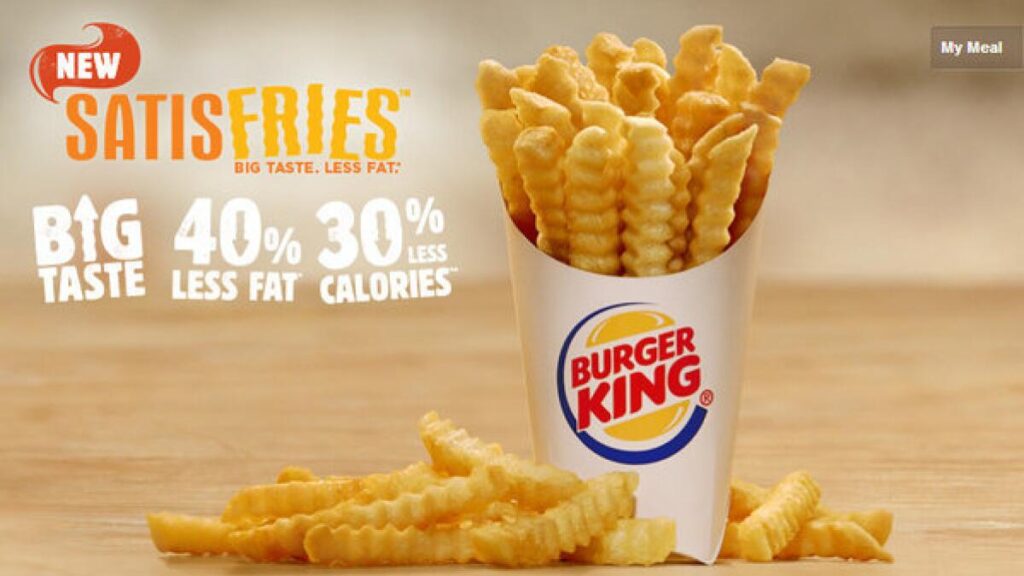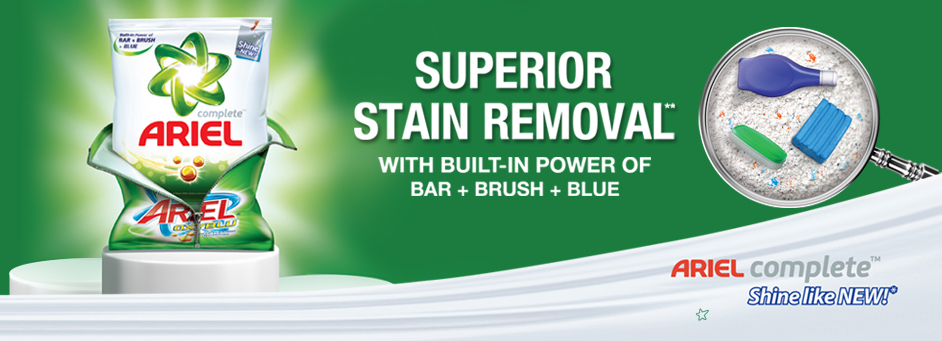Burger King Satisfries: The Lo-Cal Flop!

A combination of reasons resulted in consumers rejecting the low-calorie French fries from Burger King.
Burger King intended to make its French fry eaters feel better about indulging.
The chain introduced a new crinkle-cut french fry with about 30% fewer calories than a regular fry.
Due to an improved batter that retained less oil, a single serving of the new “Satisfries” had 270 calories. In contrast, a small order of their normal fries had 340 calories and did not have crinkles.
It was not a novel idea to take a guilty-pleasing dish and make it less so. Baked potato chips, 100-calorie Oreo boxes, and other reduced-calorie variants of popular snacks were stocked in supermarkets. Products like this take advantage of people’s efforts to eat healthier while also appealing to their vices in eating. Making something that is low in calories yet high in flavour is the goal.
The classic recipe for Burger King fries—potatoes, oil, and batter—remained unchanged. Making them in the same fryers and cooking them for the same duration as traditional fries helped keep kitchen operations simple.
The key difference was that they tweaked the batter’s constituent proportions to use less oil. One additional distinction was the crinkle-cut form, which helped staff keep track of them when they were deep-frying them alongside the traditional fries.
After that, it was a flop!!!
Burger King made some market assumptions when they introduced and advertised Satisfries:
- Their clientele was looking for a healthier option.
The assumption was that consumers in the United States wanted and needed a healthier option. - A healthier menu item was priced more, but consumers were still prepared to pay the premium.
At $1.89 for a standard dish, satisfyings were much more costly than french fries, which cost $1.59. They reasoned that customers would be prepared to pay a premium for healthier options, so they added this item to the menu at a higher price. - Having an enjoyable flavour would be enough to convince them to choose the healthier option.
Burger King launched a healthy alternative to french fries on the assumption that consumers would choose it if it tasted good, which it did according to the slogan “big taste” used to describe it in ads.
- One possible explanation for the poor demand for the reduced-calorie alternative might be its high price. The standard fries cost $1.59 for a bag, while a modest order of the lower-calorie fries usually costs approximately $1.89.
- Even if it’s only a perception, traditional burger and fries shops have had a hard time competing with fast-casual restaurants that offer healthier choices.
For instance, Chipotle meticulously built its image as a provider of superior fast food. The website provides information on the ingredients used by the firm, which freely employs phrases such as “organic” and “locally sourced.” Despite what consumers may think, including these “better” ingredients does not automatically make the dish healthier.

Adding a drink, chips, and salsa to a Chipotle burrito already brings the calorie count well over 1,000. The price of a Burger King Whopper combo with small fries and a drink was 1,180, which is somewhat more than average but still not very noteworthy.
- Since Satisfries came out at a time when Americans were cutting down on potato consumption, terrible timing might have played a role in their demise. As Americans shifted their attention to consuming fewer carbohydrates, potatoes fell out of popularity. It’s not fair; with the right cooking, they may be rather nutritious. The nutritional profile of a medium-fresh potato includes around 168 calories, 37 grams of carbs, negligible amounts of salt and fat, and an abundance of potassium and vitamin C.
- The public was not convinced that Burger King’s Satisfries were a healthier option, which contributed to its failure. In the same way that people tend to see a medium milkshake as superior to a large, they also tend to view satisfaction fries as an improvement over standard fries. If you’re trying to stay away from stuff like that, you should avoid both of them.
In my opinion, the menu item bombed because the creators naively assumed too much about the market and its customers. They had high hopes that the American market would embrace a healthier menu item, but sales proved them wrong. It turns out that pricing and other considerations matter more to customers than calories.




1 Comment